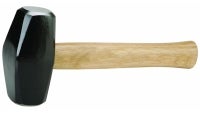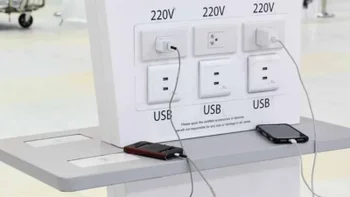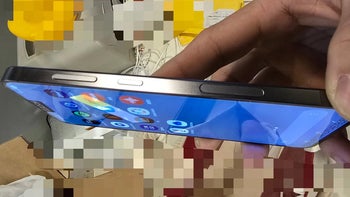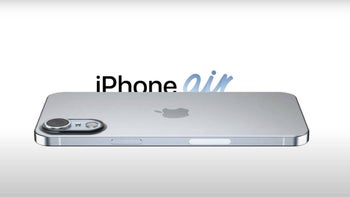Video: smartphone display cracks nuts, drives nails, lives to see another day

When thinking of all the devices that the rise of the smartphone has rendered obsolete, the MP3 player, the PDA, the digital camera, and the GPS are the ones that come to mind first. As it turns out, a new video from Ulefone, a smartphone manufacturer that competes in the Chinese market, shows that smartphones can also double as a... hammer?!
The video, made to promote the sturdiness of the Ulefone Be Touch 2, the latest and greatest handset from the smartphone maker, shows that the display glass is so sturdy that it can be used to smash walnuts and drive nails in. Although the video doesn't offer a close-up of the display after the nuts are smashed and the nail is driven about an inch into a wooden board, the promo does show that the glass did not break.

Interestingly, the Ulefone Be Touch 2 display is protected by a layer of Corning's Gorilla Glass 3, and not Gorilla Glass 4, which is the display glass used by smartphones such as the Samsung Galaxy S6. Compared to Gorilla Glass 3, the latest Gorilla Glass version is said to offer twice the protection. For this reason, we're not entirely sure if this video is faked or not. Notice that, at the 1:13 mark, the tester places the phone outside of the camera's field of view, meaning that the handset could have easily been switched with a new one.
Note that this is not the first time that a smartphone aimed at the Chinese market is promoted as a good hammer replacement. Oppo has launched a similar promo in the past to advertise the sturdiness of the super slim Oppo R5, but back then, Oppo used the metal frame of the phone for all the hard work, and not the display glass.
What do you guys think of this video: real or fake?

Interestingly, the Ulefone Be Touch 2 display is protected by a layer of Corning's Gorilla Glass 3, and not Gorilla Glass 4, which is the display glass used by smartphones such as the Samsung Galaxy S6. Compared to Gorilla Glass 3, the latest Gorilla Glass version is said to offer twice the protection. For this reason, we're not entirely sure if this video is faked or not. Notice that, at the 1:13 mark, the tester places the phone outside of the camera's field of view, meaning that the handset could have easily been switched with a new one.
What do you guys think of this video: real or fake?
source: Ulefone via GizmoChina













Things that are NOT allowed: